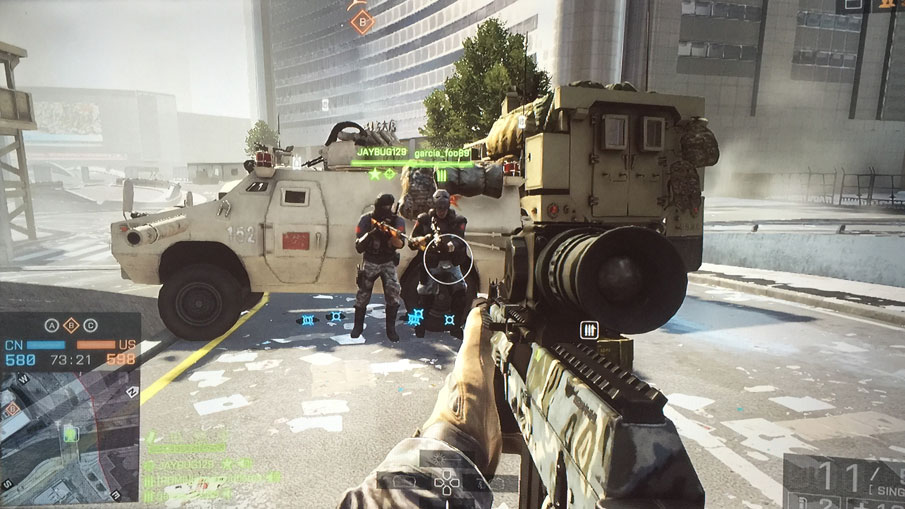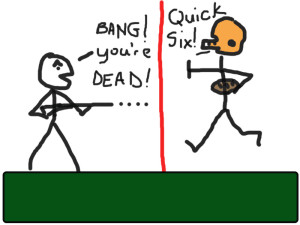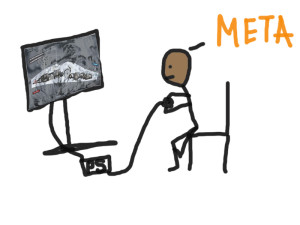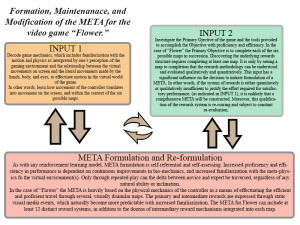Since June of this year, BOOM Salad has been renting its own “servers”[1] for the violent video game, Battlefield 4.[2] This means that, for the past several months, we have paid a company for the privilege of managing and maintaining our own online, multiplayer environment for the game. Virtually anyone in the world, who owns Battlefield 4, and has access to a high-speed Internet connection, can play on our servers.

In the 120 days that our Playstation 3 (PS3)server has been operational, and open to the public, we have played with and against a wide variety of age groups, cultures, ethnicities, and genders. This has afforded us a unique opportunity to observe and participate, first-hand, in what’s known as worldwide, multiplayer gaming, or, Massively Multiplayer Online Gaming (MMO, see Figure 1).
Important examples of the genre include World of Warcraft and Minecraft. The game, Minecraft, has become a global, cultural phenomenon, somewhere on par with the Pacman craze of the early-1980’s.[3] But more than just a simple maze in which the goal never changes, and never gets beyond the consumption of dots, fruit, and ghosts, Minecraft may very well be one of the most subtly complex video games ever devised.
Like its namesake, it is best to think of the game as having “layers” of complexity. Each layer provides numerous opportunities for pro-social, empathetic interaction with other players online. The number of players that can participate in a single session interactively depends on the platform, but for consoles like the Playstation 4 (PS4), the maximum is eight at a time.[4]
In conversations we have had with younger players of Minecraft,[5] we were told, time and again, that the primary motive for playing was building things with their friends. And by, “building things,” we don’t mean swords, and bombs, and other weapons, though all that is possible. The children we spoke with were far more interested in building castles with incredibly ornate bedrooms, and underground dwellings (see video below). And yet, because the game includes depictions of violence in its battle play (which can be turned on or off), it is equated with other, so-called “violent-video games,” like Battlefield 4, and is, therefore, considered by many in the medical community to be, “harmful [to society].”[6].
In Parts I and II of this series, we demonstrated how the arguments against video games with violent depictions are based on a so-called, “link,” between real-world violence and video game violence. This “link” is observable, according to various medical studies, [7] in those who play violent video games, in the measurable decline in cognitive function in areas that are known to regulate and influence aggressive and violent behavior. Whether or not these conclusions are accurate, [8] the fact is they do not provide a satisfying answer to the most important question of all, (something BOOM Salad has endeavored to do since our first issue, [9]): Why do people play these games in the first place?



